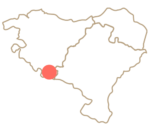
The Cantabria or Toloño mountain ranges will loom up before us as we arrive. This impressive natural limestone rock frontier protects the Rioja territory against the humidity of the sea, and along with the River Ebro it forms an excellent micro-climate for growing vines. Rioja is one of the world’s most attractive wine-growing regions, and the perfect destination for travellers in search of multiple incentives. Our route will take us through Rioja Alavesa, the Basque Country’s Rioja.
This territory of short distances contains interminable vineyards dotted with olive trees, dolmens dating back 6,000 years, walled medieval towns, ancestral homes, historical churches, countless wineries and a delicious gastronomy we will relish during a memorable day out. Rioja Alavesa is, above all, tradition and history. Since the early 20th century famous architects such as Frank Gehry or Santiago Calatrava have put this region on the world’s wine tourism map, with their spectacular designs of buildings for renowned wineries.
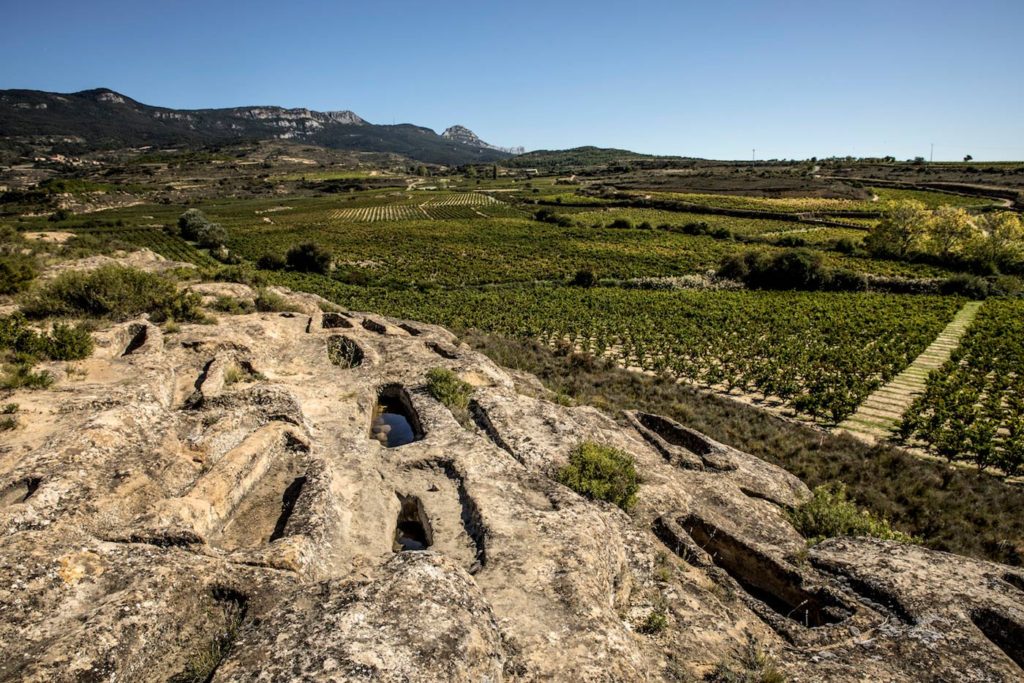
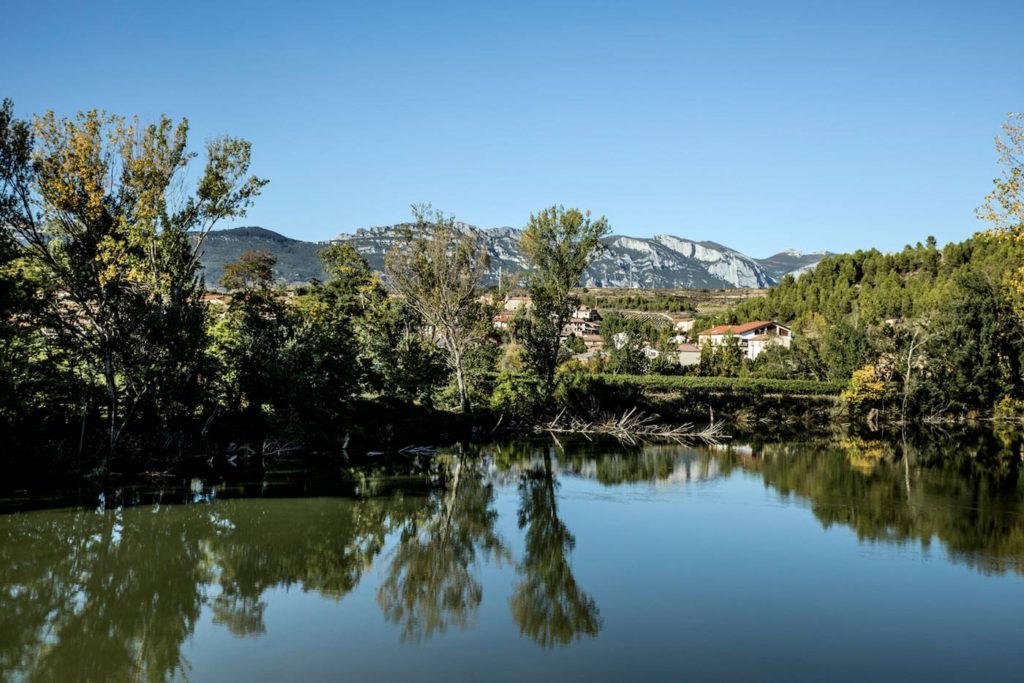
On our full-day route we’ll be visiting Labraza: the smallest village among all the Basque Country’s medieval towns. It has no more than three streets, but its wall is one of the finest and best preserved in Europe, according to the European Walled Towns association. This fortified location is one of many founded during the Middle Ages by the Kingdom of Navarra in its battles for the territory with the Crown of Castilla, and it offers some impressive views of all of La Rioja, as you can see in the photo.
The King of Navarra, Sancho VI the Wise, also founded Laguardia in the 12th century on another promontory along the same line of defence. The town, a member of the Most Beautiful Villages in Spain Association, has an underground network of cellars, which at that time were interconnected to keep the population safe in the event of attack. With the advent of peace, the families blocked up the connecting corridors. So nowadays the cellars or small caves are independent spaces. There are about 200 of them, mostly private concerns. We’ll go down into one of them. For centuries their constant temperature and humidity have made them the perfect location to make and preserve wine. The winemaker himself will accompany us on the visit, during which we’ll taste his wines along with some local eats.
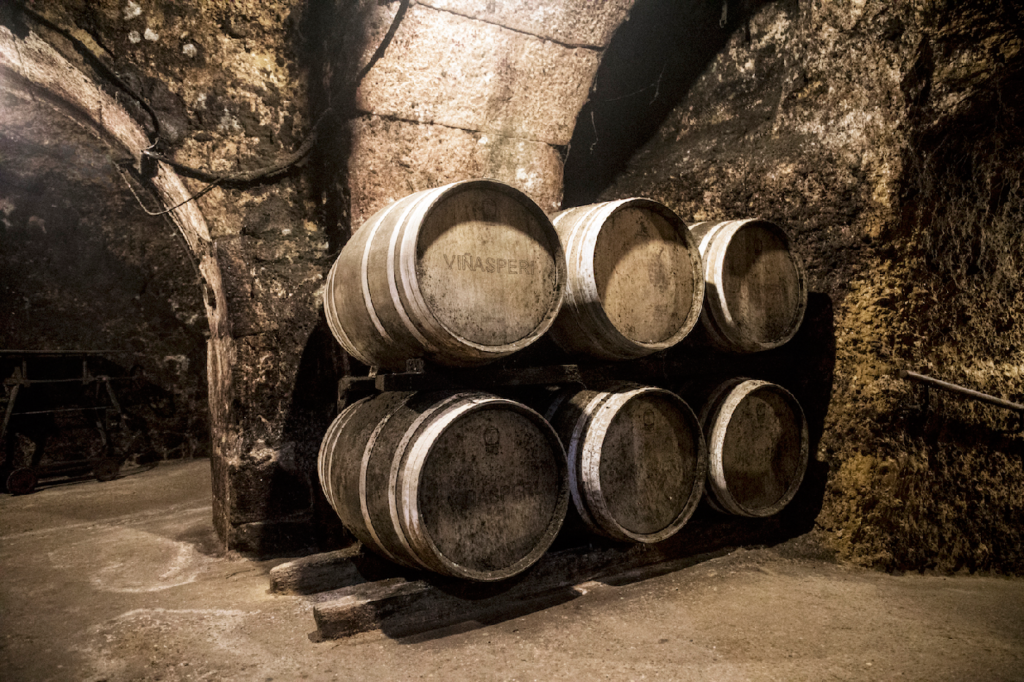
The route will also lead us to the fantastic “La Hechicera” dolmen, which was originally erected prior to 5000 B.C. The name of this funeral monument recalls the legend of a sorceress who could be heard singing and bawling gibberish on San Juan mornings.
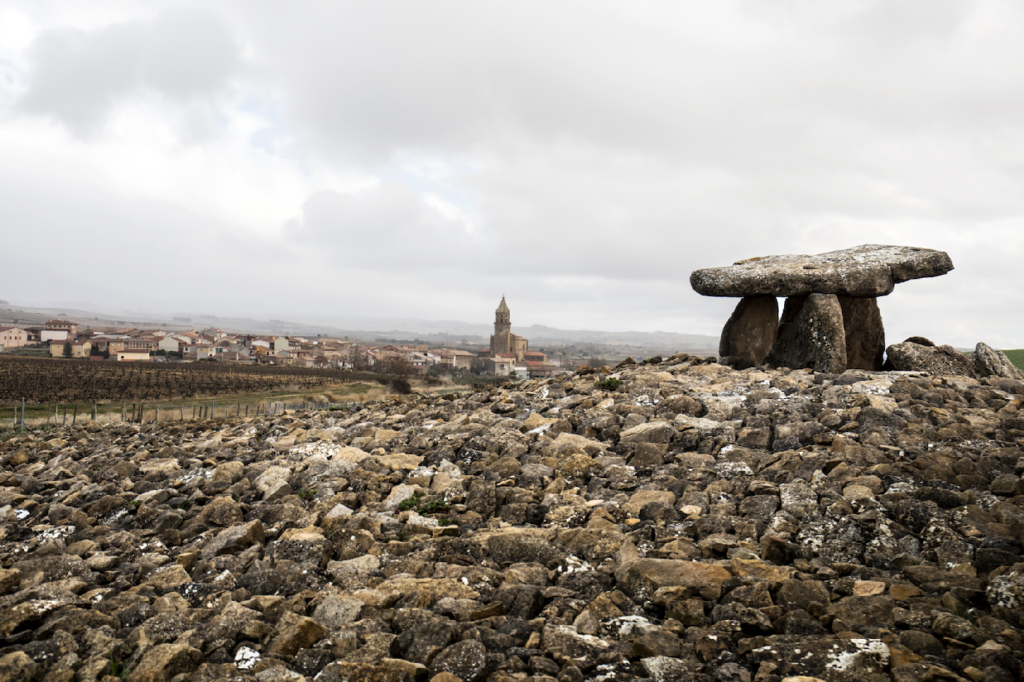
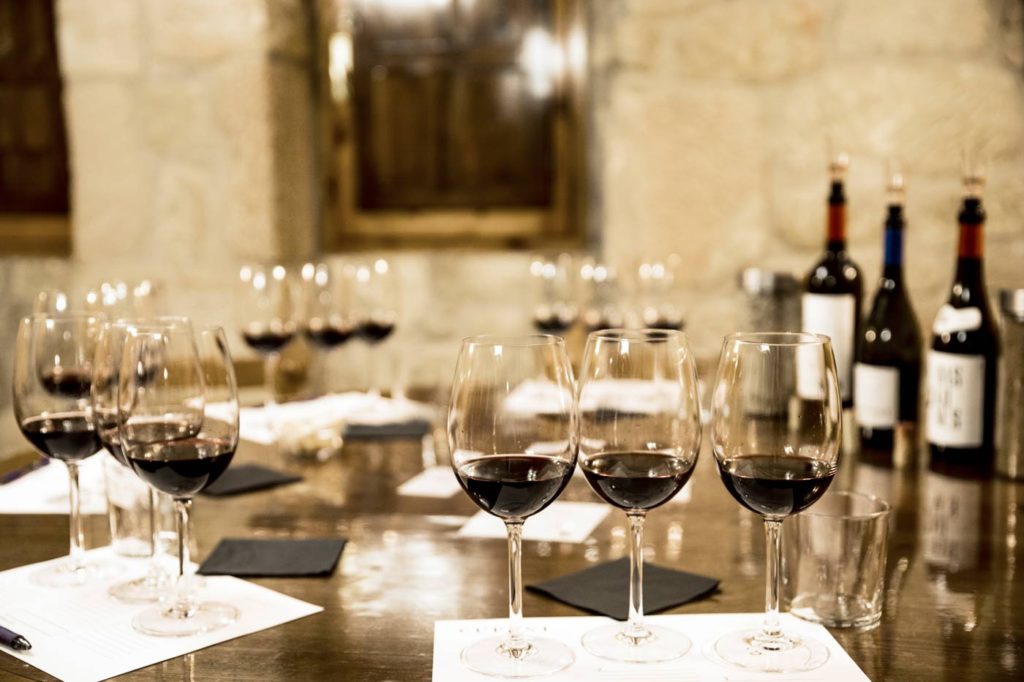
Time and season permitting, we’ll regain our strength with a typical Rioja meal at a vineyard: lamb cutlets roasted over “sarmiento” (vine shoot pruning waste), potato-and-chorizo stew, and the season’s vegetables. If that’s not possible, we’ll enjoy the fare, as basic as it is delicious, in a room with a view at the winery.
Amid this wine maremagnum, it should be worthwhile to take time out to inspect the region’s oldest olive press and taste the extra virgin olive oil produced in the Basque Country, a delight many Basques themselves are unaware of. This is a crop that’s being brought out again now, after decades of disuse to the benefit of the vine.
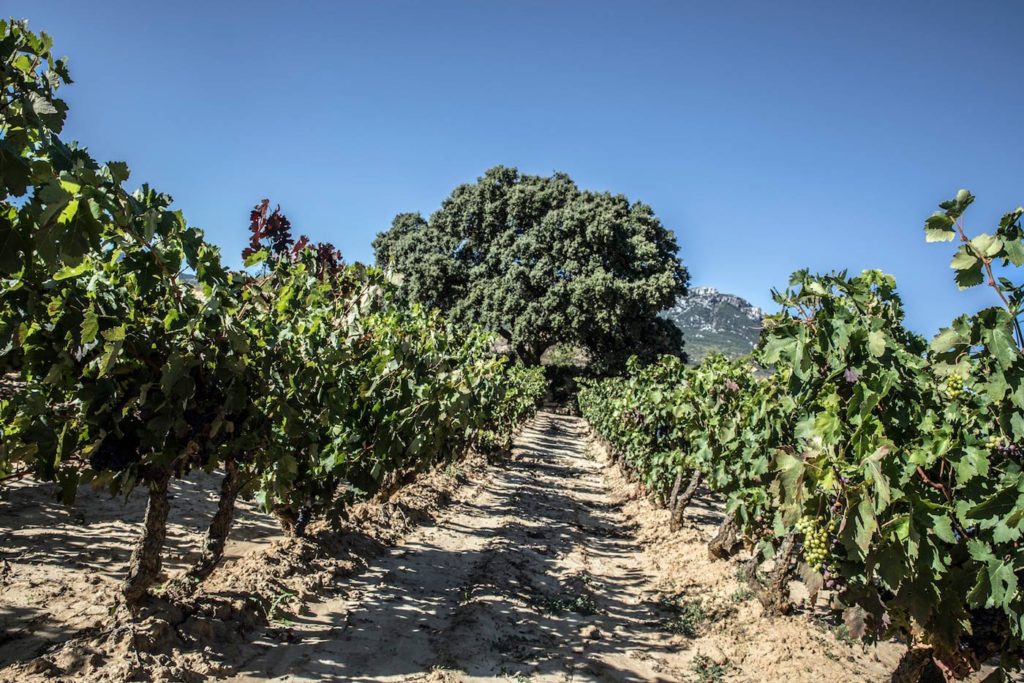
This trip is a proposal open to modifications, depending on your tastes and your availability. In any case, there can be no doubt that when the trip has come to an end, we’ll have every reason to take on board the words on the notice at the entrance to the Carnicerías gate on Laguardia’s wall: “Peace to those arriving, good health to those who live here, and happiness to those who are leaving”.

